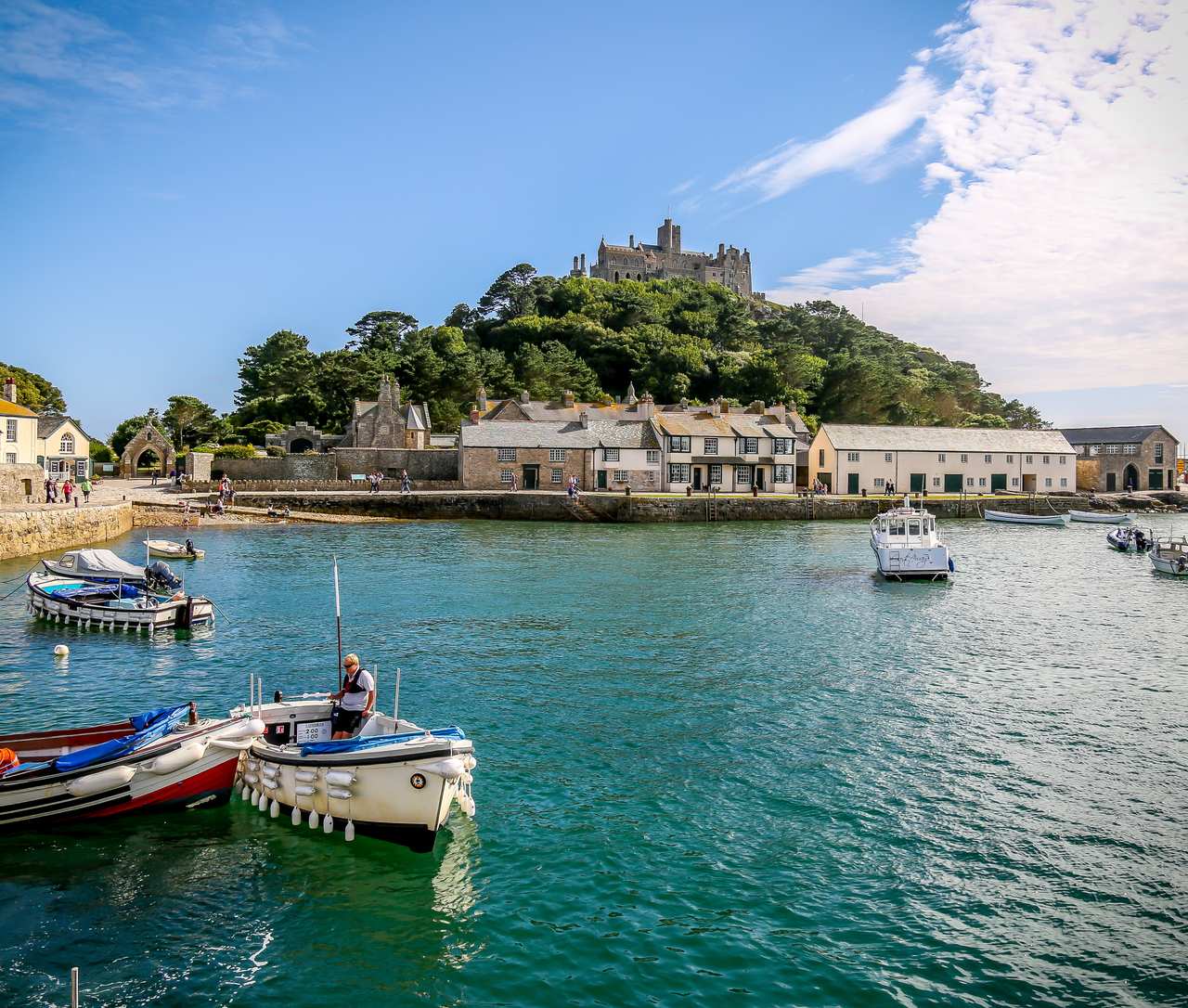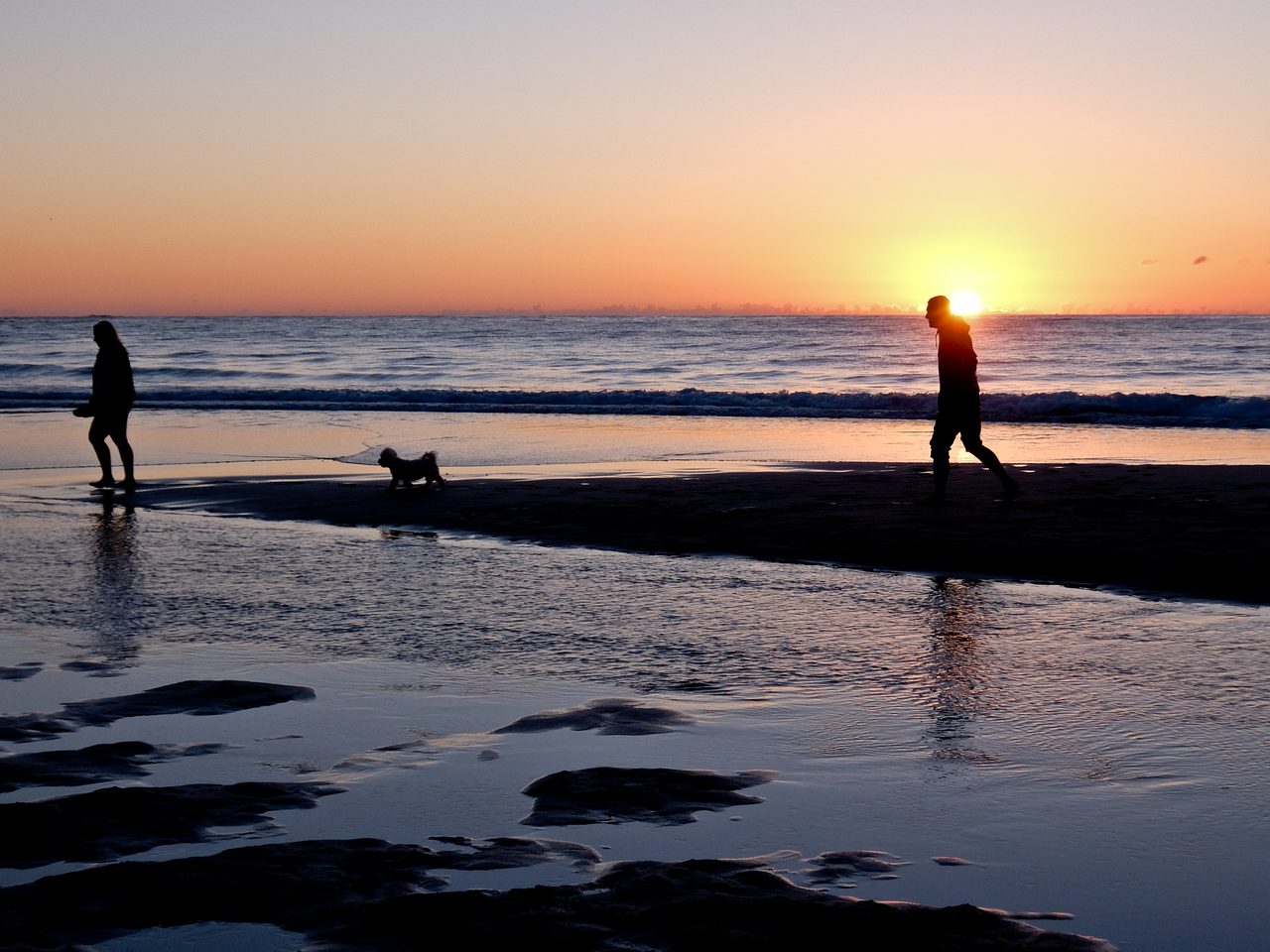Best Travel Destinations in World For Couples View More
Walking Poldark Country from St Ives to Land’s End, Cornwall
Cornwall is famous for its coastal paths but they can crowd. They were a big attraction for Europeans but travel bans kept them away. So it is a rare opportunity to enjoy the quiet roads, natural nature, and wild high mountains. And after the uproar of St. Ives, it comes as something of a relief.
It was too early when I left St. Ives, yet there are already a few brave souls at sea. I leave the coast and head for St. Michaels, part of the ancient pilgrimage to Santiago de Compostela in Spain. Of course, I’m not going that far, just crossing the south coast of Cornwall and the country of St. Michael Mount.

Climbed the path and I soon found Trencorn Hill, a Neolithic hill fort, famously the Giant Trekoben, the distinctive rock, its furniture – the Giants chair, the Giants cradle, and the Giants spoon. The views are spectacular but it is only later that Mount St. Michael rises from the sea just off the coast and becomes visible.
In Marazion, the tide is running and the trippers are in effect, so I take a boat to Mount. It was a Cornish quarter-sized version of Mont-Saint-Michel in Normandy, and it was also a Benedictine abbey. The monks left long ago and it is now owned by the National Trust.
The building still lives but you can see the staterooms at the top of the house for spectacular views across the bay.
Flowers in the terracotta garden at this time of year, cleverly built-in scale, a riot of colors. The tide is low so I cross the causeway and make my way back to Marazion. It’s a four-mile walk to Penzance, the destination tonight so I cheated and caught the bus.
From Penzance to Mousehole, walking the road is the only option so I get on the bus again. It’s very early and there are only wet-fitting swimmers in Mousehole Harbor, which Dylan Thomas once described as ‘England’s most favorite village’. I climbed up from the port and followed the hill of Lamarner, another beautiful village captured by British post-Impressionists in the early 20th century.
Before reaching Penborth Cove it is further up and down with a small granite cottage, a cobbled slipway, and a huge wooden capstan to get the fishing boats out of the water. It’s a picturesque place, tourists don’t actually come here, so it’s no accident that it was used as the village of Saul in the Poldark series.
I can say that I was moving closer to Perthcarno when I first reached the monument when I first made a connection with the USA in 1880. The village itself is entitled to its existence due to the establishment of a former cable connected to India in 1870 and the imposed offices are now a telegraph museum. The world-famous Open-Air Minak Theater, located on the upper cliff, is still heroically presenting the show.
The beach here is one of the best in Cornwall and it is another Poldark location. It doubles as Nampara Cove in the dream sequence where Ross and Demelza wander over the white sand.
The coastal view today is pretty far away, I can see Lands End and Ranel Stone Reef, the infamous destroyer of countless ships. Between 180 and 1923, more than thirty steamships were destroyed, stranded, or sunk.
An hour later I arrived at Portoara beach, another Poldark location, where Ross took a skinny dip in its crystal water. I get up at Hella Point and then across the Gwennap Head, crossing the cone on two giants, to look for the Coastguard. There is more poldark here, the location of many sunsets gallops on the other side of the hill.

I’m a little scared of the crowds at Lands End but it’s mercilessly quiet and I make my way to the first and last home in England for ice cream. Offshore is a group of rocky islands dating back to the 19th century, with their own lone lighthouse known as the Longship.